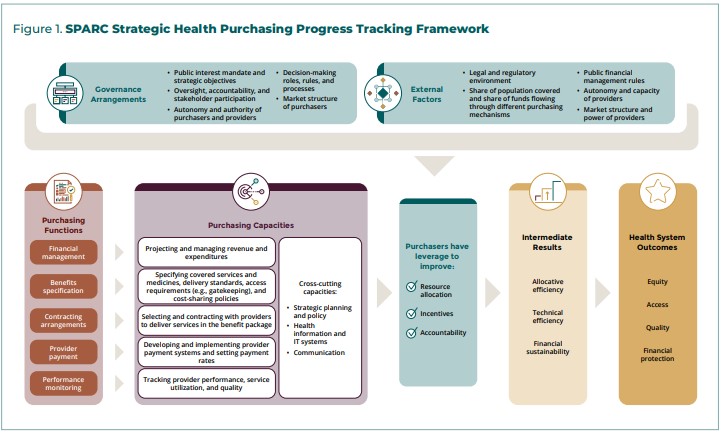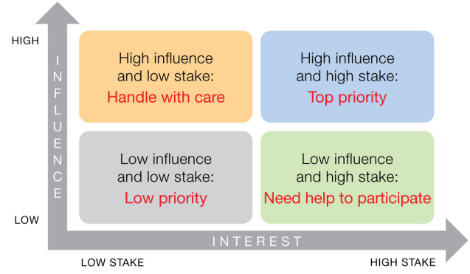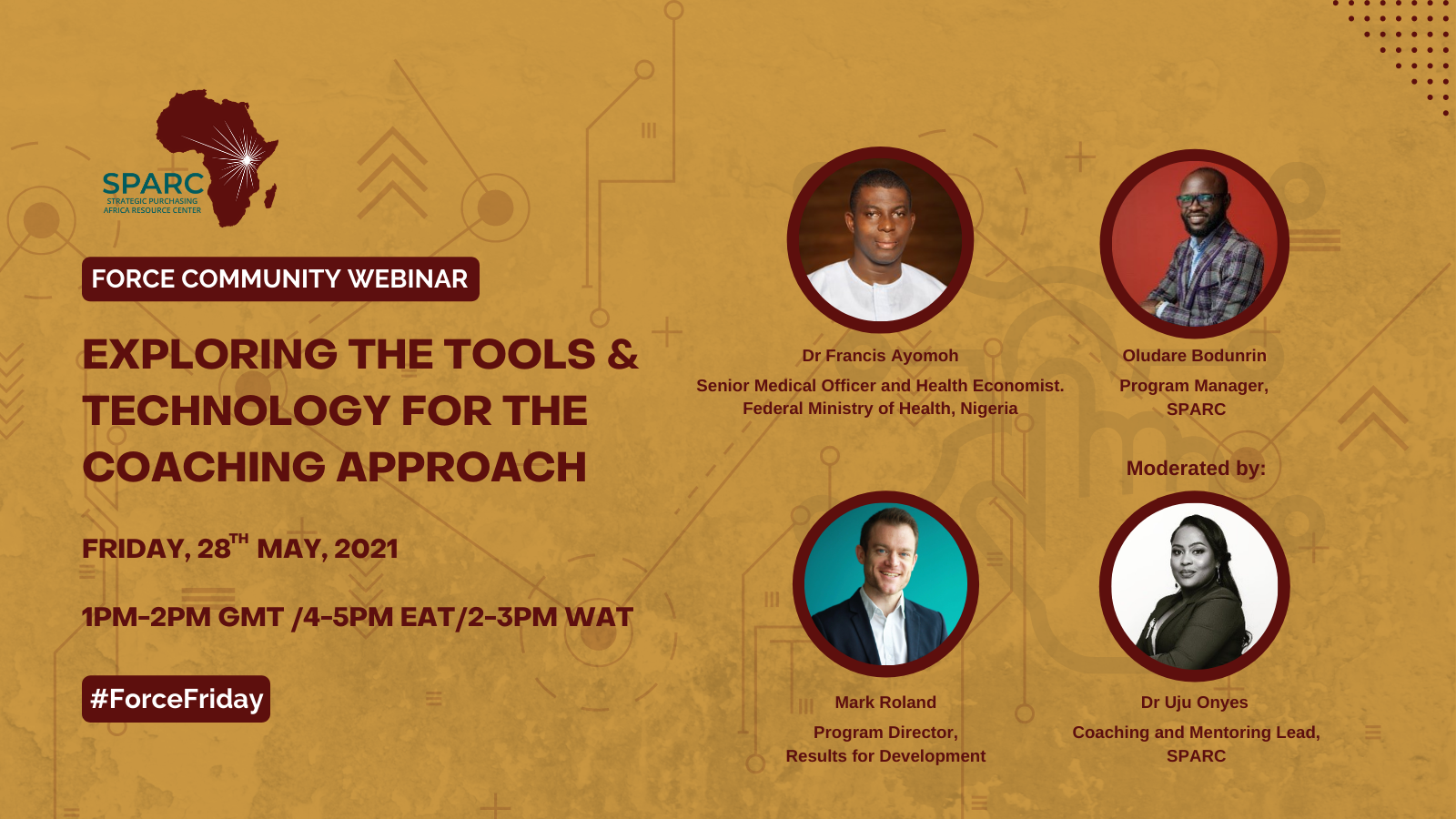Background
As part of a series of FORCE Friday sessions to build capacity and increase the understanding of the Coaching Approach (CA) by FORCE members, the Country Engagement (CE) process framework has been used to highlight the technical and softs skills needed by coaches and mentors at every step. In January, the webinar provided an overview of the CA using the CE framework. The subsequent monthly webinars from February to April covered key steps of the CE framework, from the introduction of evidence and solution selection to design and implementation of the solution and, finally, evaluation and adaptation of health programs. The webinars have identified the benefits and challenges of using the CA and provided coaches with real-world experiences of utilizing the CA during CE.
Tools and technologies are an essential part of Health Systems Strengthening (HSS) program implementation and can be instrumental in implementing all stages of the CE framework. The webinar in May focused on building the capacity of FORCE members to understand the tools and technologies that can be deployed for the CA. These tools include the stakeholder mapping tool and process, the Strategic Health Purchasing (SHP) functional mapping tool and the Coaching and Mentoring (CM) orientation modules.
The objectives of the session were to:
- Build capacity of FORCE members on the CA tools and modules.
- Highlight the importance of the CA tools and technology using real-world examples.
- Highlight other skills that are required to apply these tools and technology during CE successfully.
The panellists were Mark Roland from Results for Development (R4D), Oludare Bodunrin from Strategic Purchasing Africa Resource Centre (SPARC) and Francis Ayomoh of the Nigerian Ministry of Health. Francis provided an overview of the stakeholder mapping process while highlighting key stakeholder groups that must be mapped during CE using examples from previous experiences conducting stakeholder mapping. Oludare described the SHP functional mapping tool, giving unique findings from its deployment in Nigeria while highlighting recently launched SHP mapping knowledge products. Mark delivered an overview of the CM modules by presenting the key highlights of the modules and the importance of these modules in building capacity on the CA. Attendees were also invited to ask questions and share their experiences using tools and CM modules.
Key Takeaways from the SessionThe SHP functional mapping tool

- SPARC developed the SHP functional mapping tool above in collaboration with its technical partners across Africa. Using this framework, SPARC’s technical partners have generated knowledge and understanding about SHP in nine African countries, such as drivers of progress and obstacles to implementing SHP approaches in countries.
- The SHP functional mapping tool was used in Niger state (sub-national level), Nigeria. The findings from the mapping carried out sparked a discussion between policymakers and technical experts with the result that the Niger State Government expressed an increased commitment to the implementation of Universal Health Coverage (UHC) using SHP as an approach, and stakeholders were willing to learn more about effective implementation of SHP and adoption of an optimal benefits package.
- Several challenges to implementing SHP in Niger state were also identified by the CE team, including limited institutional and technical capacity to advance SHP; inadequate workforce and infrastructure; inadequate financing for healthcare; low healthcare budget; limited Internally Generated Revenue (IGR) and high dependence on federal allocation; limited fiscal space for health; poor provider regulatory mechanism; poor implementation of regulations and fragmented Health Management Information System (HMIS).
- Using the SHP functional mapping tool, the team was able to identify opportunities that would aid the implementation of SHP in the state. The strong political will and government commitment to attain UHC, launch of Niger State Contributory Health Agency (NICARE), availability of Basic Healthcare Provision Fund (BHCPF) gateways, redistribution of Human Resources for Health (HRH) for primary health care and available technical support for SHP from development partners were some of the opportunities highlighted during the functional mapping process.
Stakeholder mapping process and tools
- A Stakeholder is a person, group or organization that has an interest in and can influence the implementation of a policy or a program.
- Stakeholder mapping is the process of learning the perspectives, affiliations, powers, influence of, and areas represented by stakeholders. Stakeholder mapping is key to the success of CE and should be done using the CA.
- The stakeholder mapping process depends on the objectives of the CE as stakeholders vary depending on the objectives and may change over time. It is therefore essential to consult local experts for a robust stakeholder mapping.
- The stakeholder mapping process includes identifying internal and external stakeholders, assessing their interest, influence and power, mapping relationships to identify their influence on each other, and finally, prioritizing the level of engagement with each stakeholder by determining the stakeholders to focus on.

- The spectrum of engagement with stakeholders includes informing, consultation, involvement, collaboration, and co-creation. The level that stakeholders fall into on this spectrum will depend on the stakeholder’s interest versus their influence, as shown in the figure above.
- Several stakeholder mapping tools exist online. Coaches should select a tool that simplifies and organizes the mapping process. If a coach cannot find a tool that suits the CE objectives, they can also create a customized tool on excel which outlines key areas of interest for the specific objectives of the CE.
- Key indicators in any stakeholder mapping tool include the name and organization of the stakeholder, contact person and level, level of influence, type of influence, area of interest, stakeholder relationships, priority, and type of engagement.
The coaching and mentoring modules
- The CA is deployed by country and regional experts, supported by global coaches and mentors as needed. In the CA, coaches work side by side with country partners through existing institutions and processes to achieve outlined objectives for the CE.
- The CM modules are a joint effort involving many institutions, including African Collaborative for Health Financing Solutions (ACS), Health Systems Strengthening Accelerator (HSSA), SPARC, R4D, United States Agency for International Development (USAID) and Bill and Melinda Gates Foundation (BMGF). The module development process was in three phases; Phase 1 – Crowdsourcing best practices; Phase 2 – Co-creation; and Phase 3 – Module development.
- The coaching modules were created for experts interested in serving as coaches and mentors to share principles, approaches, and tips for coaching and mentoring and to exchange real-life experiences. The modules were also created to build skills such as stakeholder engagement, process facilitation, knowledge translation, communication and build capacity for sustainable health systems change.
- Two coaching modules have been developed: “Introduction to the Coaching Approach”, which describes the CA, how the CA supports country-led processes and develops lasting system capacity and tips to consider when applying the coaching approach. The second module, “Designing and Facilitating Effective Processes”, describes process facilitation and provides examples from Indonesia and Uganda while highlighting tips for effective process facilitation.
The SHP functional mapping framework provides a practical way to look at health purchasing functions that extends dialogue about purchasing systems beyond any specific scheme or policy. Coaches need to familiarize themselves with this framework as it is a critical part of the CE process when working with countries on SHP reforms. Stakeholder mapping should be done in collaboration with local consultants/experts in an iterative process, including regular updates of the stakeholder map to reflect any changes in interest, influence, or relationship as the CE process advances. No stakeholder should be taken for granted, and coaches should ensure that they are guided by the CA using both technical and soft skills throughout the process. Coaches should focus on understanding the influence and interest of stakeholders and their likely effect on the CE process. The CM modules are essential for coaches to understand the CA and how it is applied during CE. To get involved, coaches can register and share these CM modules with their network. To access the CM modules, please use this link: https://coaching-approach.learnworlds.com/home
To access the presentation slides from the webinar, click here.

